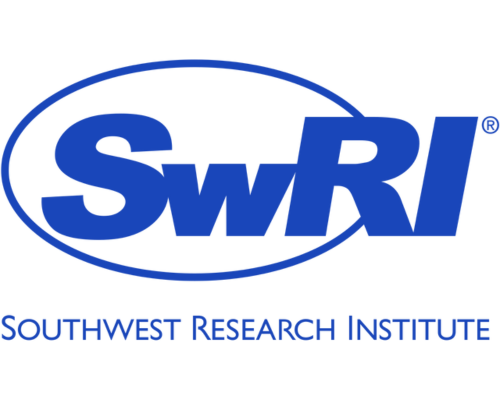Written by: Space Foundation Editorial Team

The Institute builds a new Space Robotics Center for maintenance, assembly and manufacturing R&D in space
San Antonio, Texas — April 9, 2024: Southwest Research Institute has invested in new space robotics capabilities to help the space industry pave the way for in-space service, assembly and manufacturing (ISAM) capabilities. SwRI's Intelligent Systems Division to Demonstrate New Research Focused on ISAM at 39th Space Symposium, April 8-11 in Colorado Springs. Visit SwRI at booth #237.
“SwRI is developing solutions to leverage ground-based industrial robotics with advanced automation and simulation so we can help customers develop new capabilities for the complex conditions of space,” said Meera Towler, a SwRI engineer who leads the Space Robotics initiative. SwRI.
The Space Symposium brings together leaders from around the world to discuss and plan the future of space. Through ISAM, NASA and others envision a space industry with agile vehicles that will deploy parts and materials into space for robot manufacturing and assembly. An important enabling step for ISAM includes the development of testbeds on Earth and the Moon and even research facilities on the surface of the Moon.
SwRI's space robotics research focuses on high-fidelity simulation, advanced perception, robotic manipulation in space, and extraterrestrial automated driving. SwRI's new Space Robotics Center supports this research with an air-supported table, motion capture system, seven-degree-of-freedom robotic arm, test fixtures and more.
Engineers developed software and modeling tools to help robots plan movement under complex conditions in orbit. SwRI is also developing efficient low-power vision for lunar rovers or small aerial systems.
“We are excited to share these R&D projects with the space community to help bridge the gap between energy-intensive ground-based industrial robots and the near-future ISAM ecosystem, where advanced automation will help build the next generation of infrastructure. space”. said Dr. Steve Dellenback, vice president of SwRI's Intelligent Systems Division.
- Space robot movement planning — SwRI used a physics-based simulation tool to develop a robotics simulation package to address challenges associated with object identification, trajectory tracking, and planning dynamic movement in space. SwRI will evaluate simulation models using a robotic arm on an air-supported table at the Space Robotics Center
- Location for lunar vehicles — SwRI investigated the deployment of its Ranger location system on lunar rovers. The Ranger's ground-facing cameras and automation software successfully guided a rover through the simulated regolith.
- Camera vision for cave exploration — SwRI used caves as test beds to evaluate unmanned aerial systems (UAS) for future space applications. New algorithms successfully used stereo cameras to autonomously guide a small UAS.
- Stereovision vs Lidar for off-road autonomy — SwRI used a recurrent neural network (RNN) algorithm to estimate vehicle motion from a sequence of camera images, inertial measurements, and wheel data for off-road navigation. As an alternative to lidar, the stereovision solution could provide simultaneous localization and mapping for extraterrestrial navigation.
- FPGA computing for faster object detection — SwRI used a space-ready field-programmable gate array (FPGA) to accelerate object detection. The solution leveraged an open source algorithm implemented on an FPGA, which outperformed a commercially available solution and traditional space computers.
- RISC-V/ARM for faster spatial computing — SwRI is evaluating the next generation of fast, reliable microprocessors for integrated spaceflight systems. Some space-ready FPGAs outperformed conventional processors, and an advanced RISC machines (ARM) processor outperformed a legacy space processor, using a fraction of the power.
SwRI's Intelligent Systems Division is a leader in the development of software solutions, cybersecurity, artificial intelligence, data analysis and systems engineering.
To watch a video about this research, visit: https://youtu.be/1nC8INMtng8.
For more information visit https://spacerobotics.swri.org.
—————————————————
About SwRI:
SwRI is an independent, nonprofit, applied research and development organization headquartered in San Antonio, Texas, with more than 3,100 employees and annual research volume of nearly $844 million. Southwest Research Institute and SwRI are registered trademarks in the US Patent and Trademark Office. For more information please visit www.swri.org.
Contact: Robert Crowe • (210) 522-4630 or (email protected)